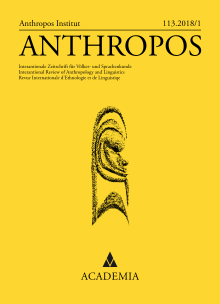María Agustina Morando: Producción misionera sobre la lingüística chiriguana. Una mirada diacrónica
Abstract
With the arrival of the European explorers to America a long tradition of missionary linguistic tools recorded the diverse particularities of indigenous languages. This resulted in the preparation of dictionaries, grammars, lexicons, and phrases compendia collecting various types of linguistic data of non-literate societies. Like many other Amerindian languages, the documentation of the Tupi-Guarani languages started with the works of Jesuit and Franciscan missionaries as early as the beginning of the 16th century. Therefore, the aim of this article is to approach missionary linguistic works concerning the Guarani linguistic variety spoken in the Western Chaco from the 17th century to the present. The historiographical description and analysis are based on a textual corpus consisting of works by various authors who address the same linguistic variety in different historical periods. The geographical and temporal range of each text, the thematic and historiographical treatment and the production context are taken into account in order to analyze these linguistic documents. The analyses of this linguistic corpus will allow us to account for the diachronic development of this Guarani variety that underwent a specific process of grammatization and dictionarization. This shed light on the activities of linguistic description as a construction process that adopts multiple modalities and helps us to understand the standardization process of indigenous language systems.
[South America, Western Chaco, Chiriguano, linguistic production, grammatization, dictionarization]
